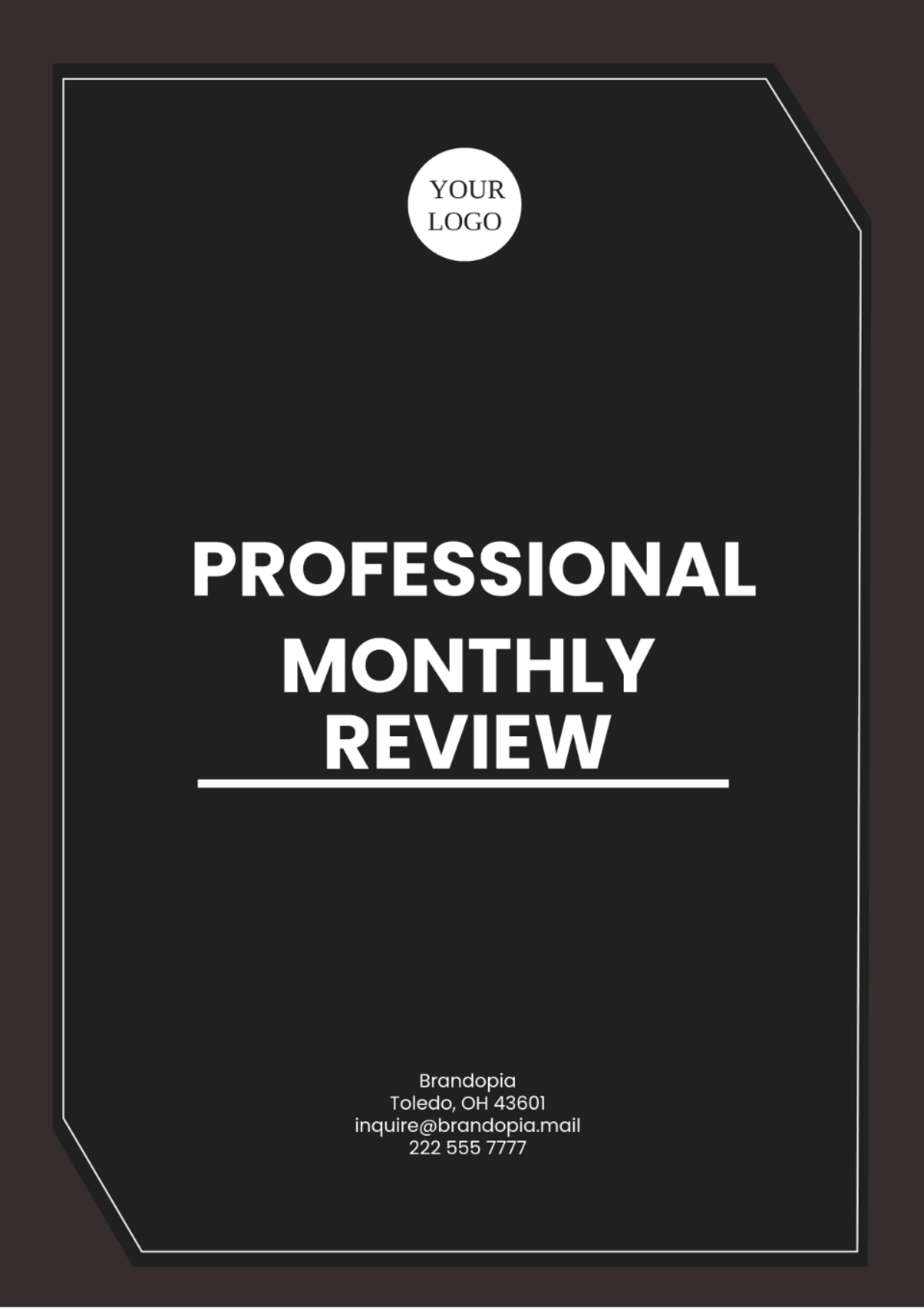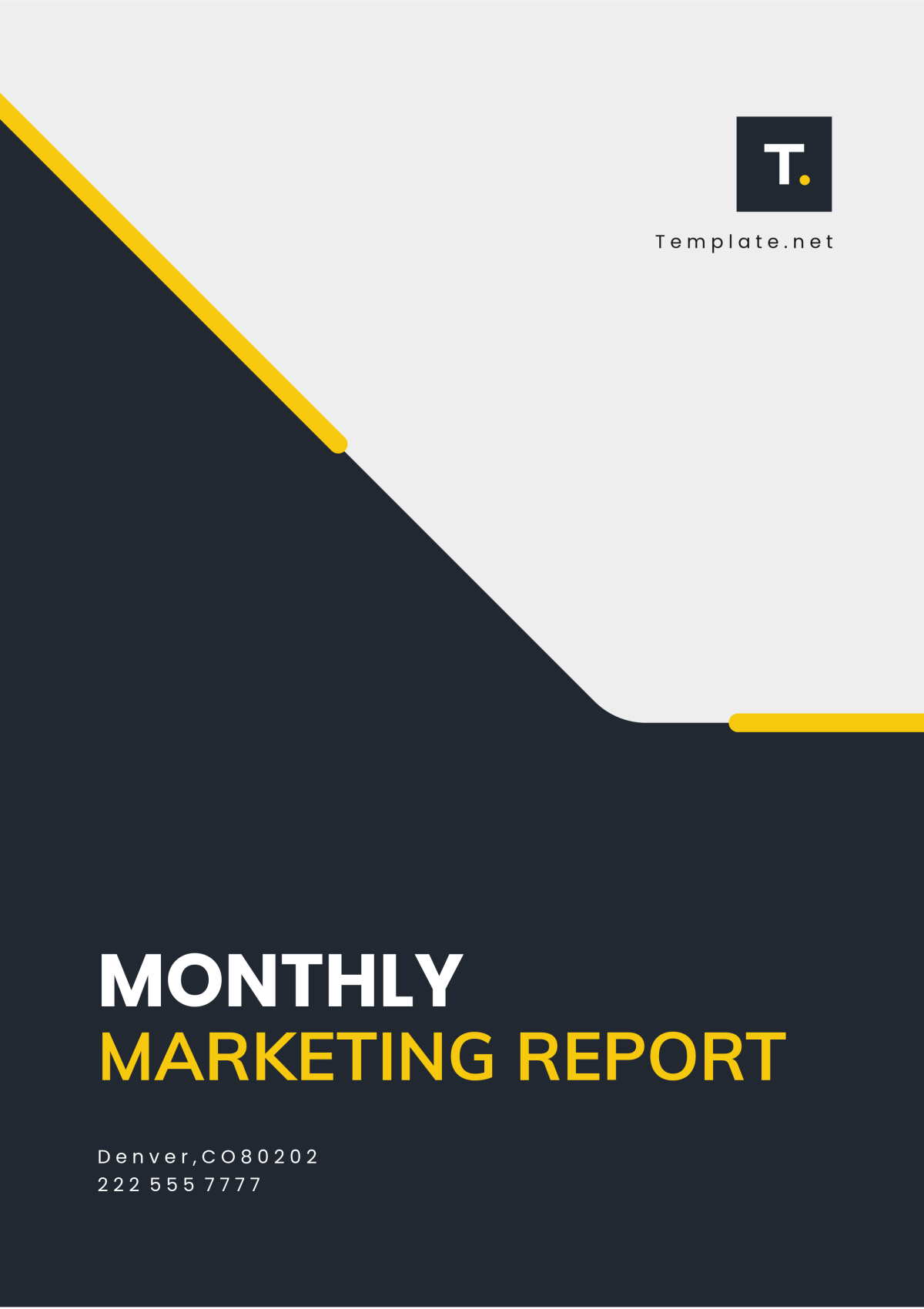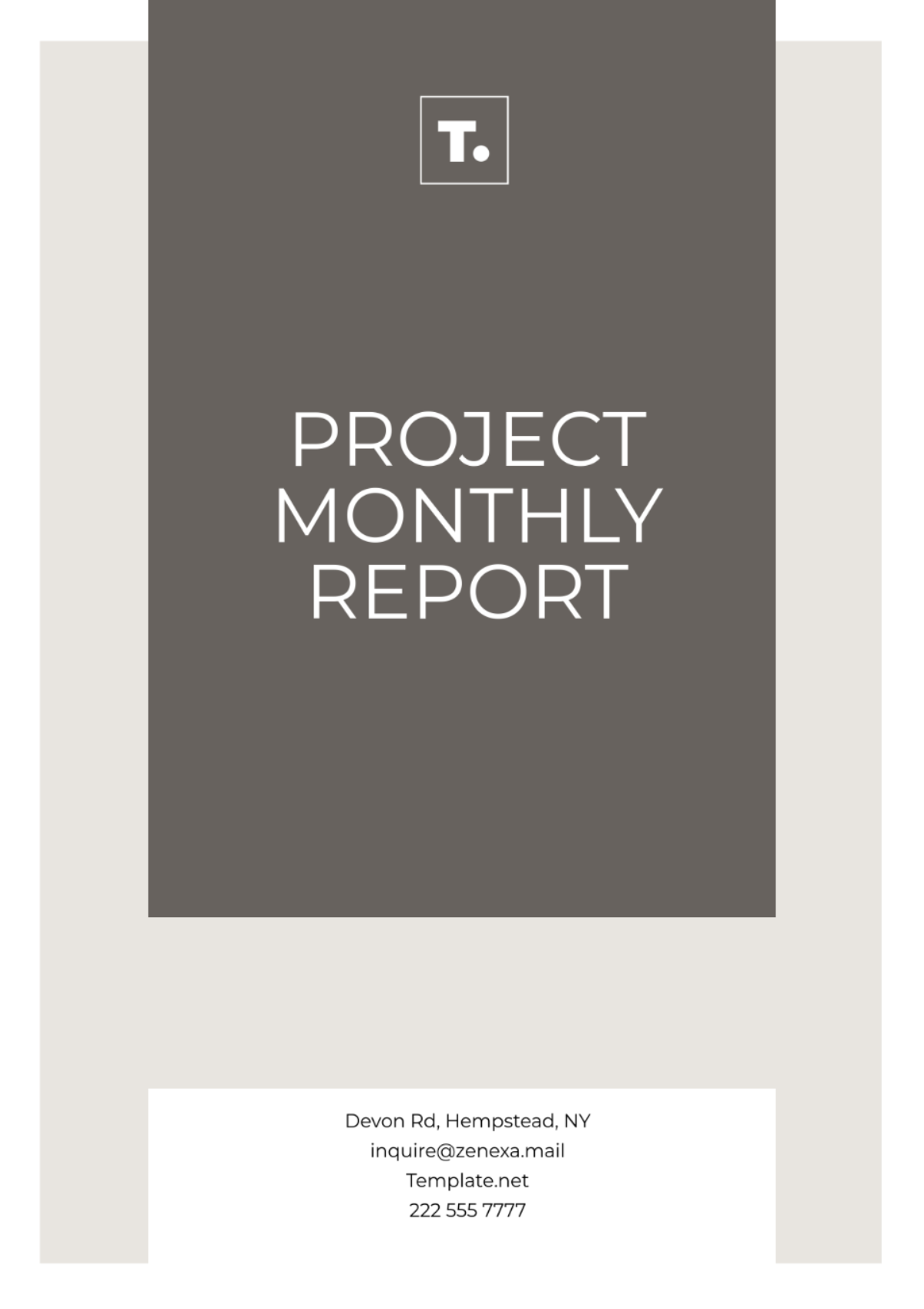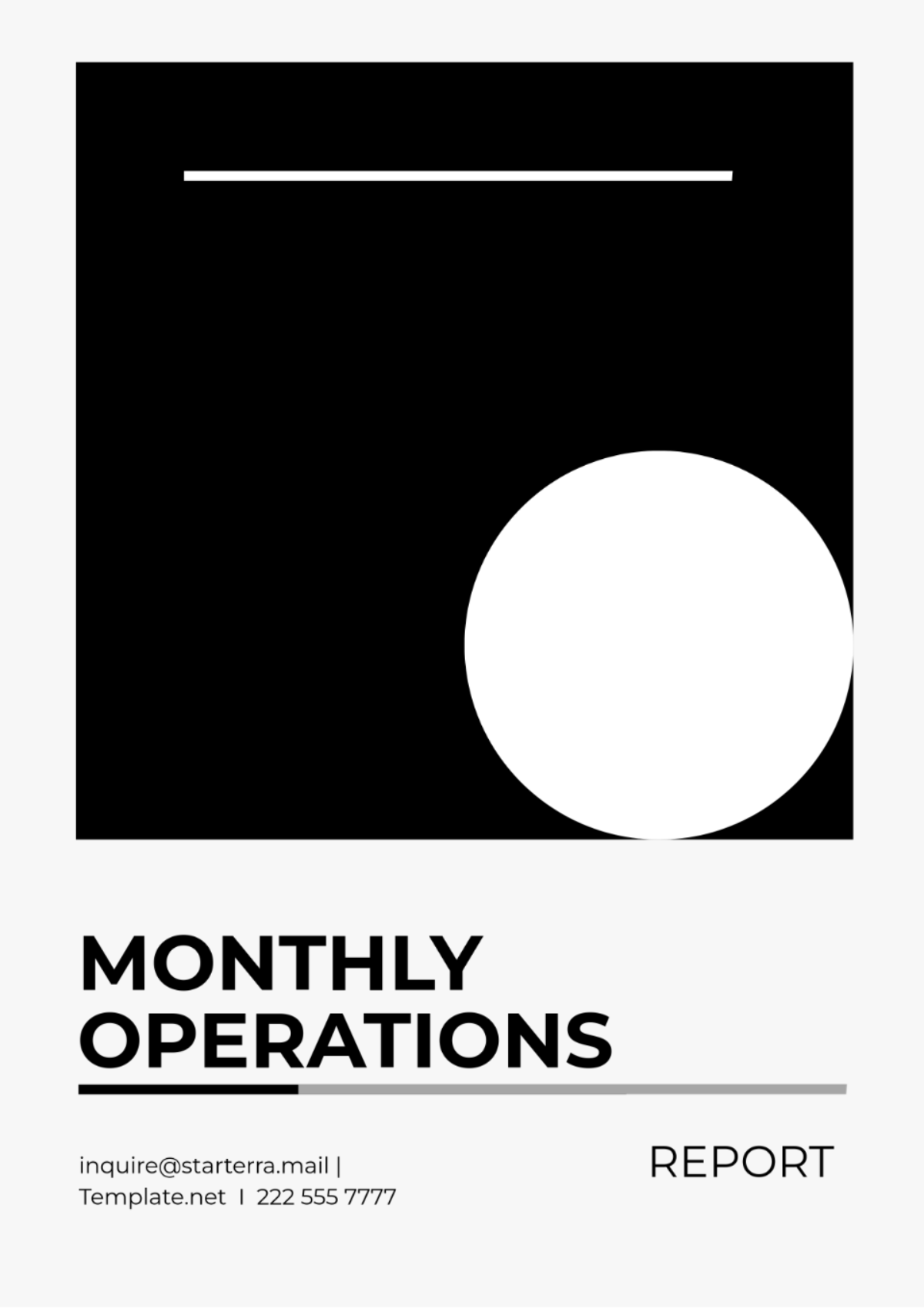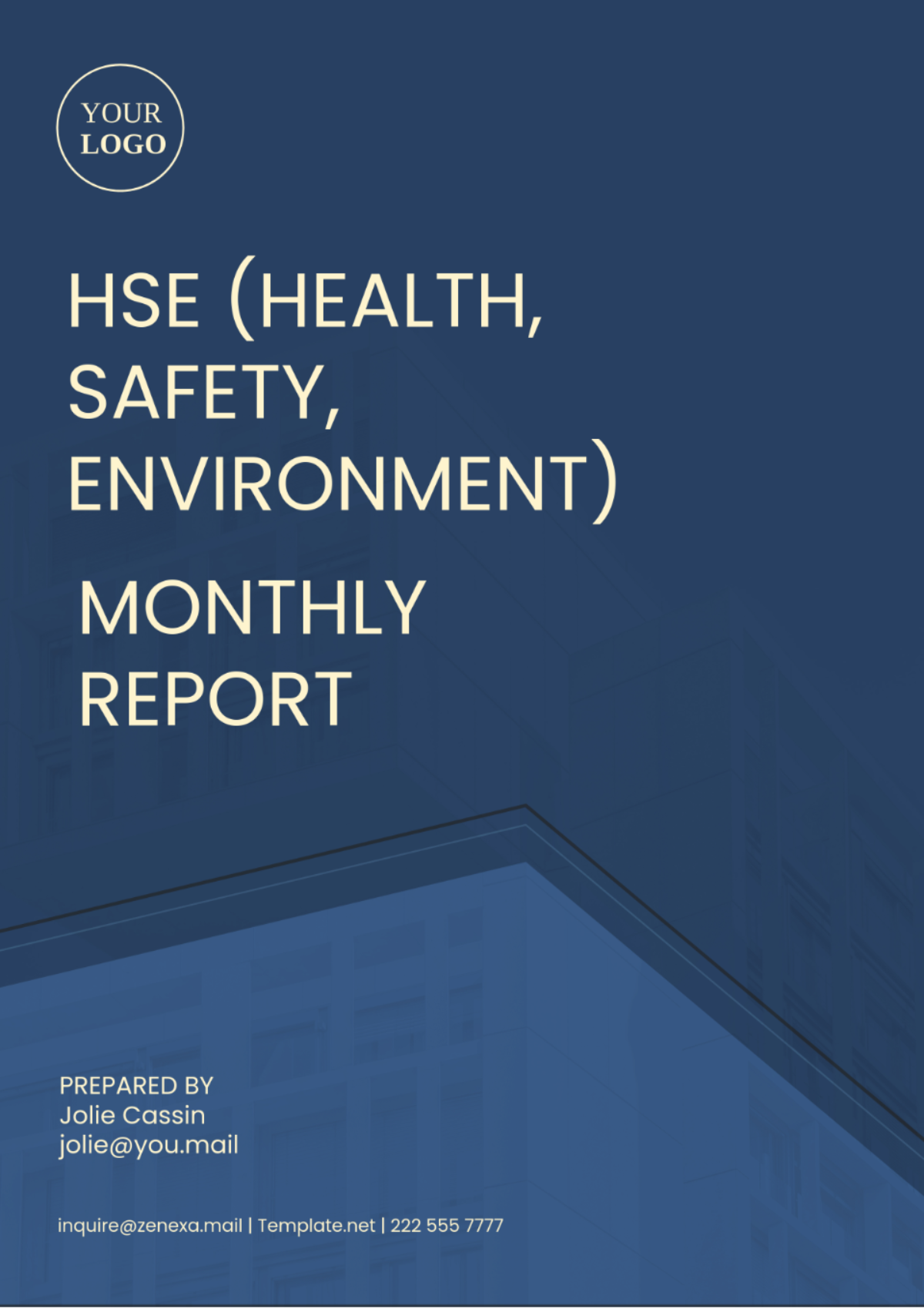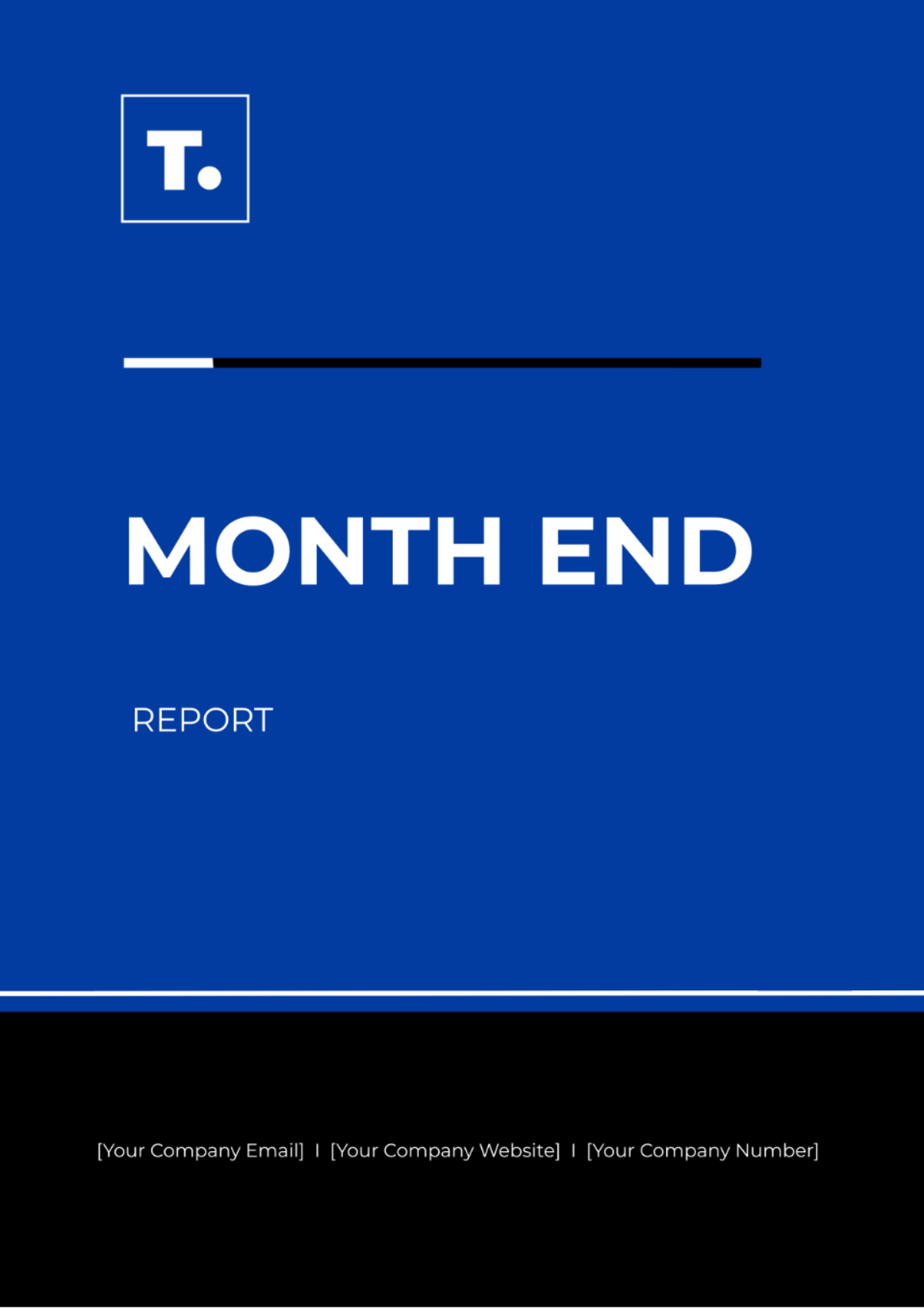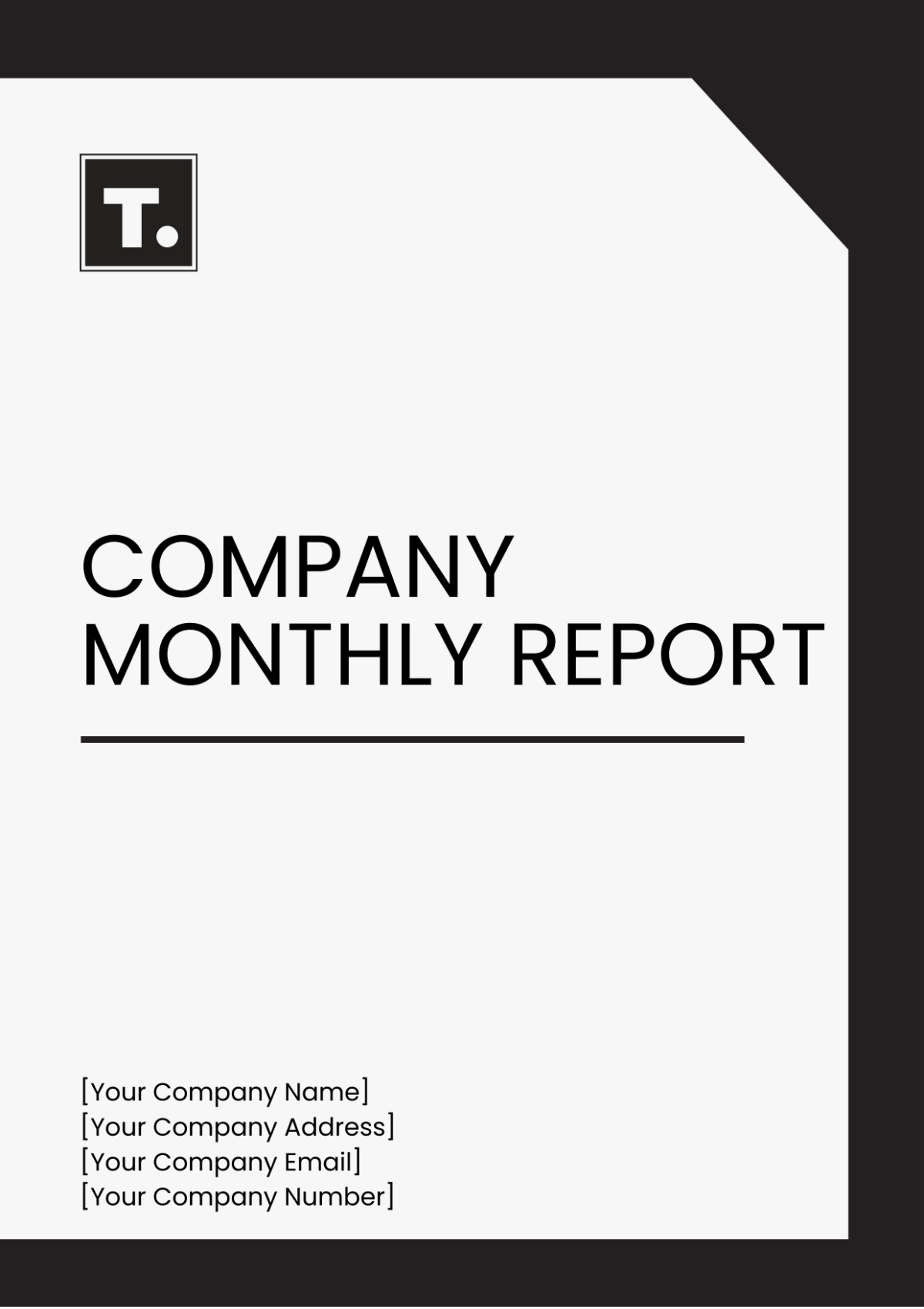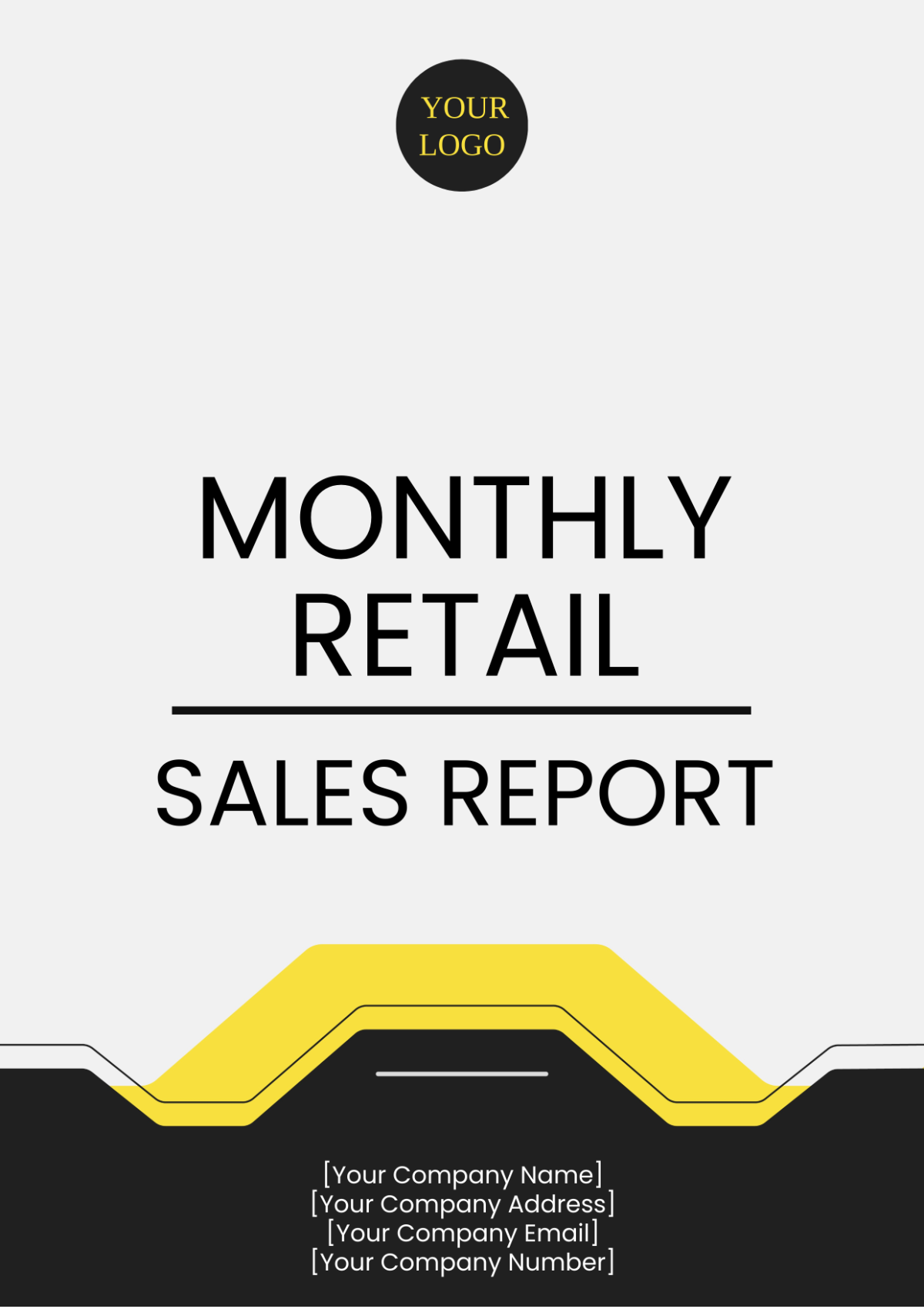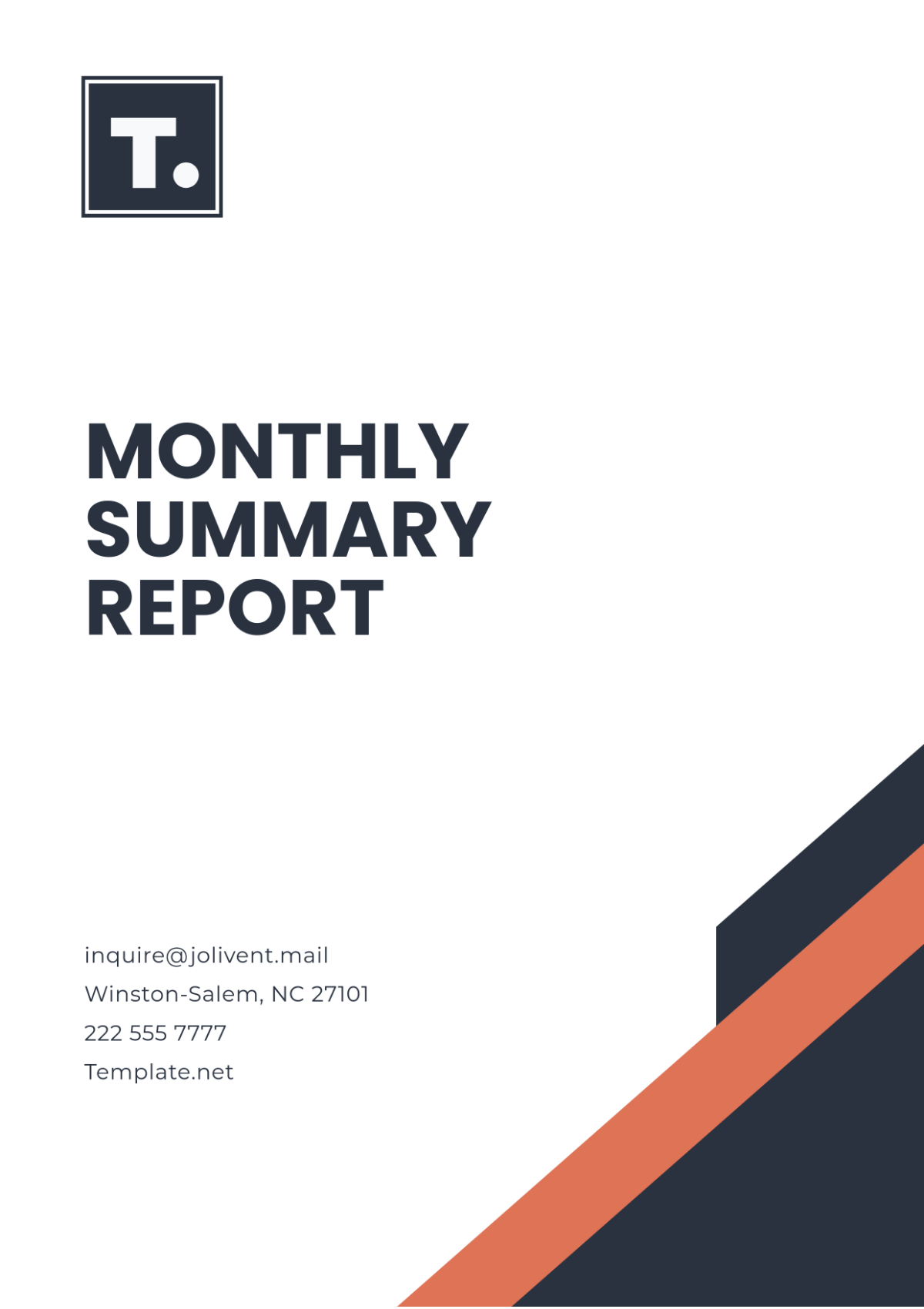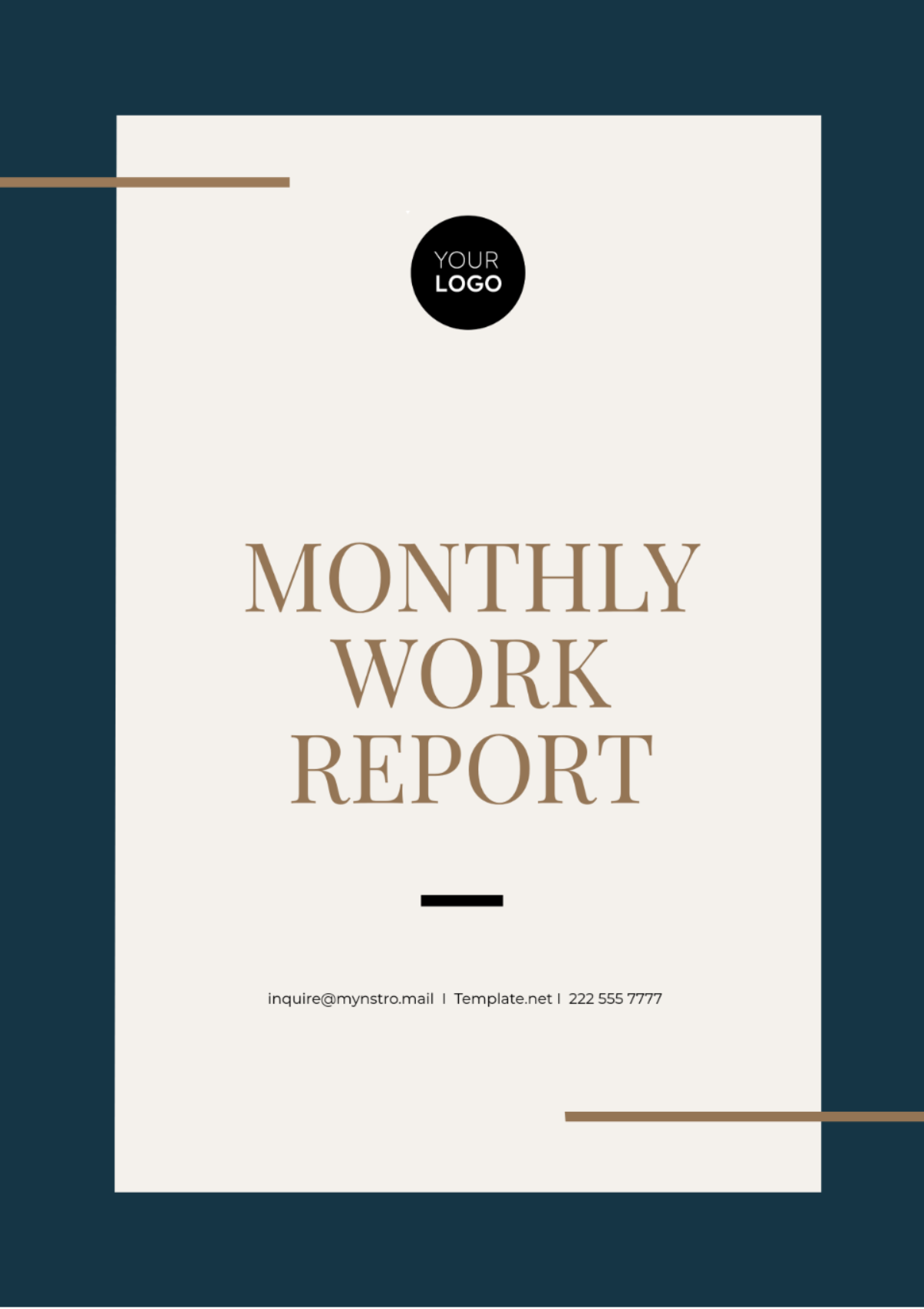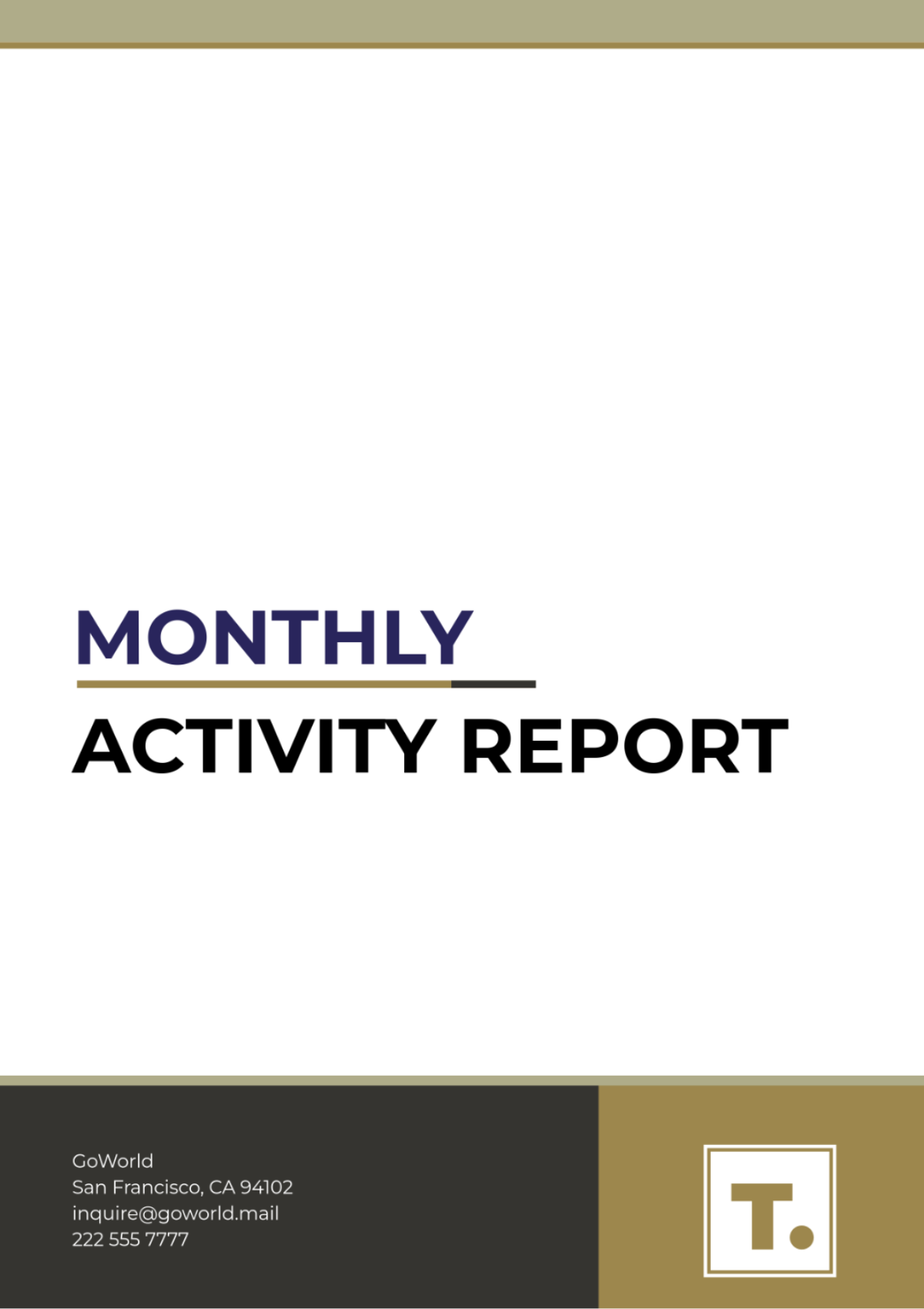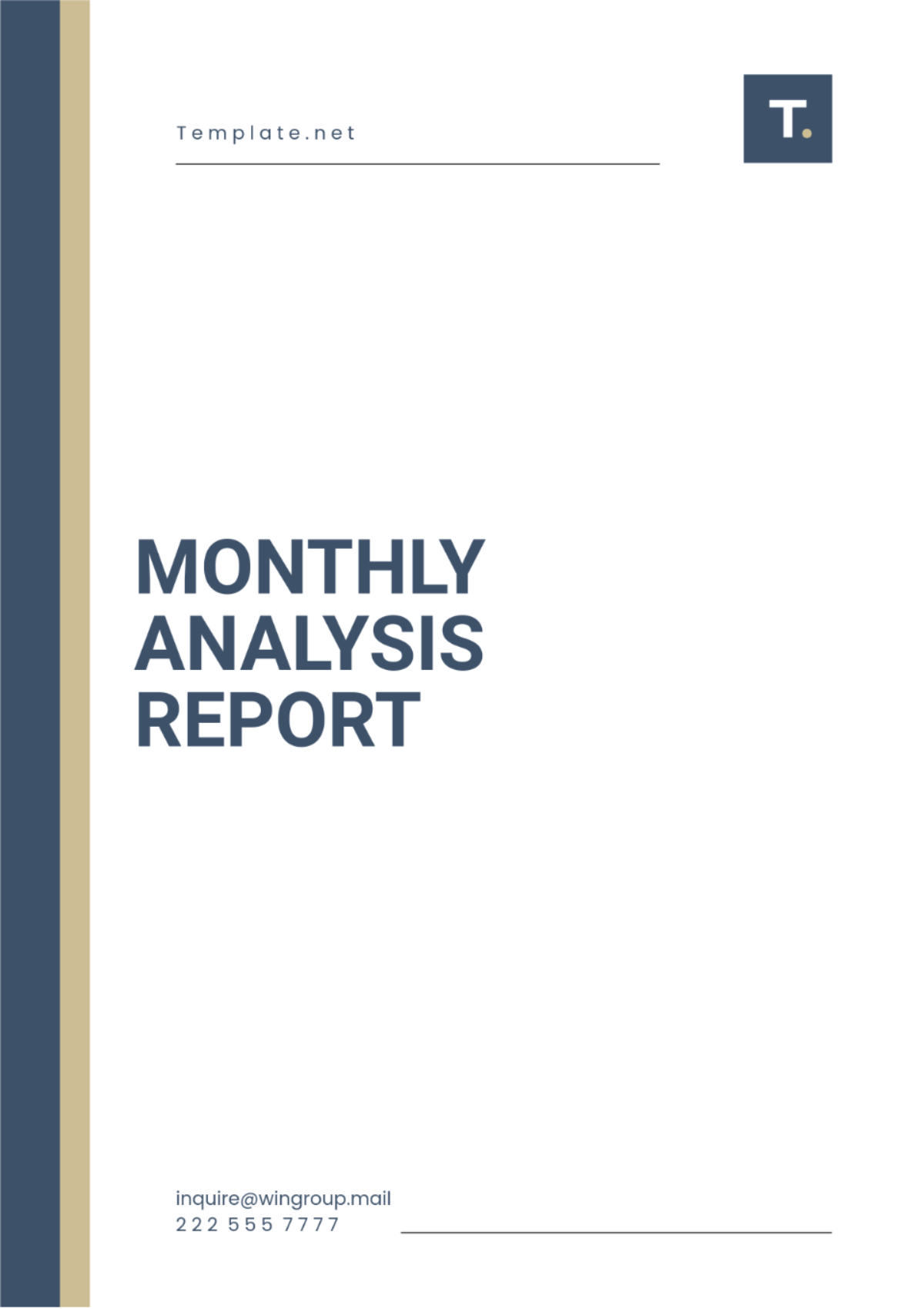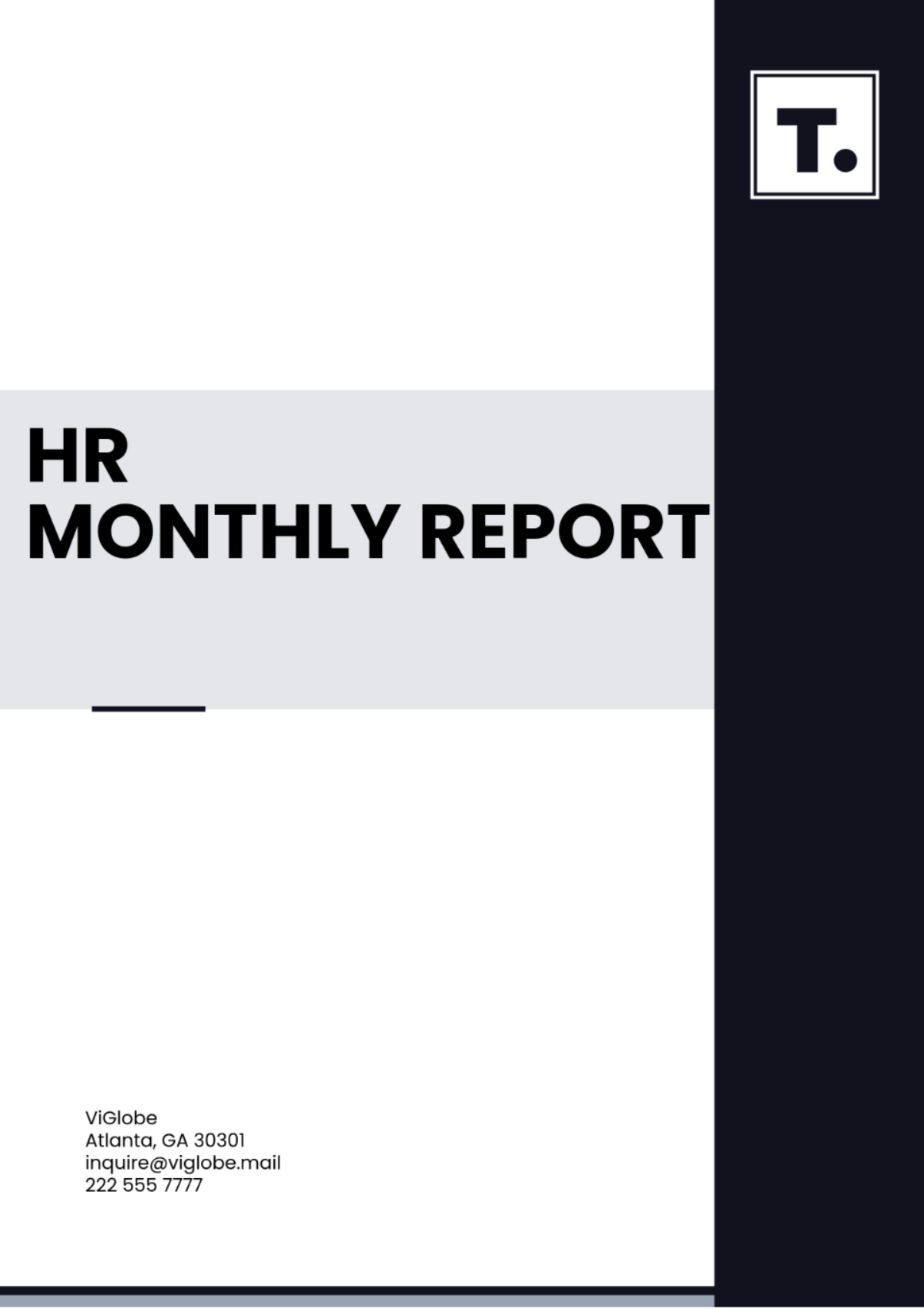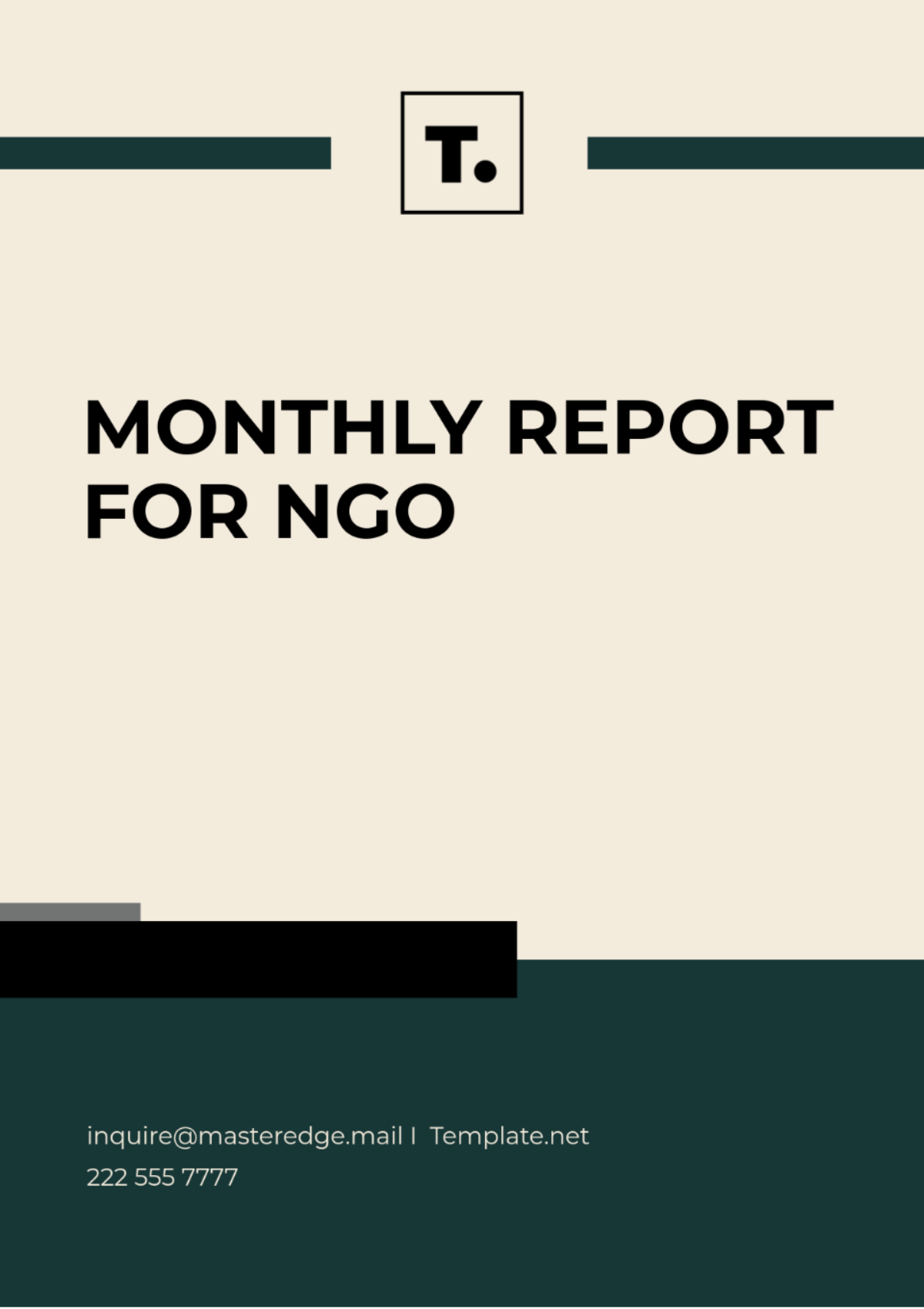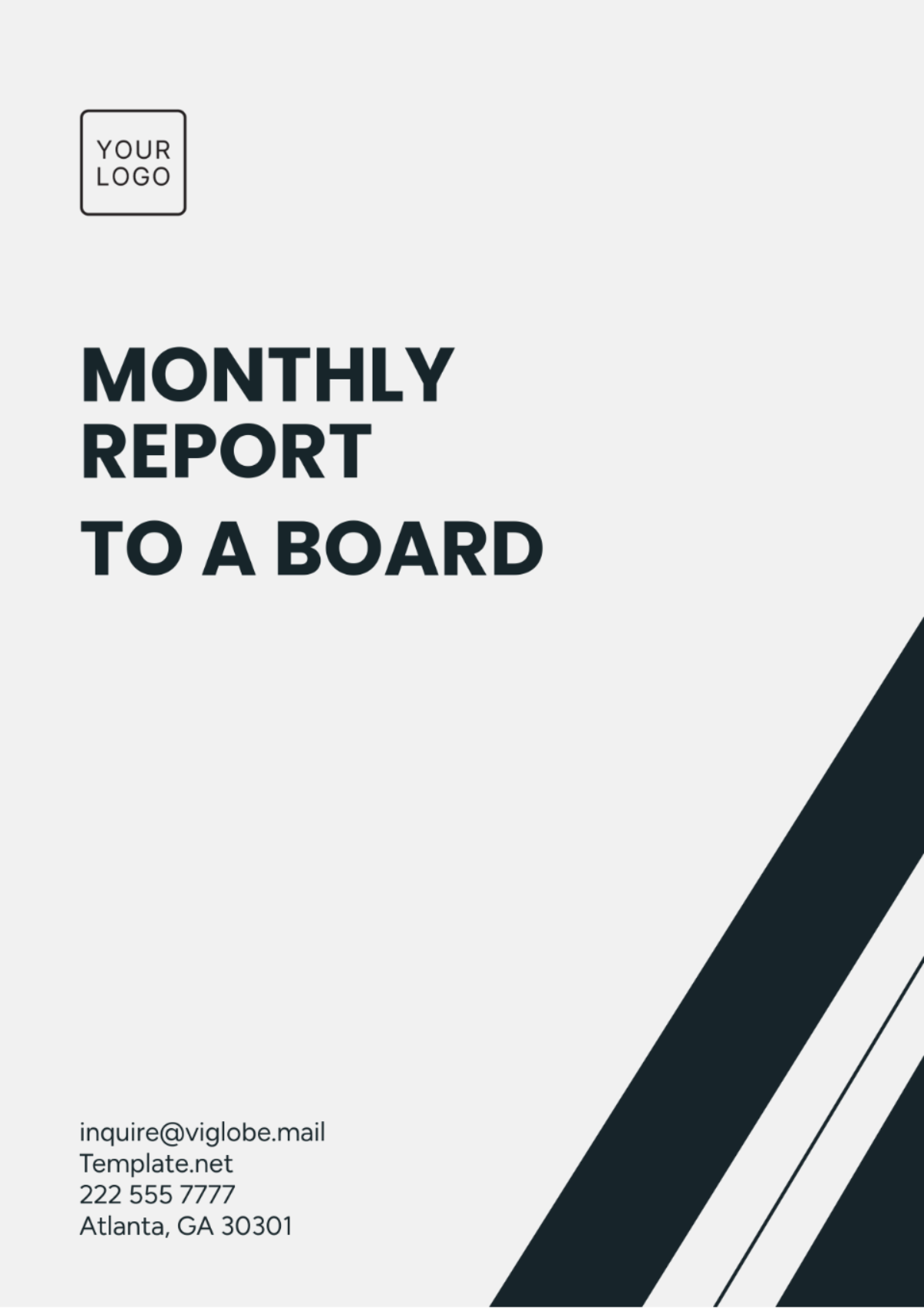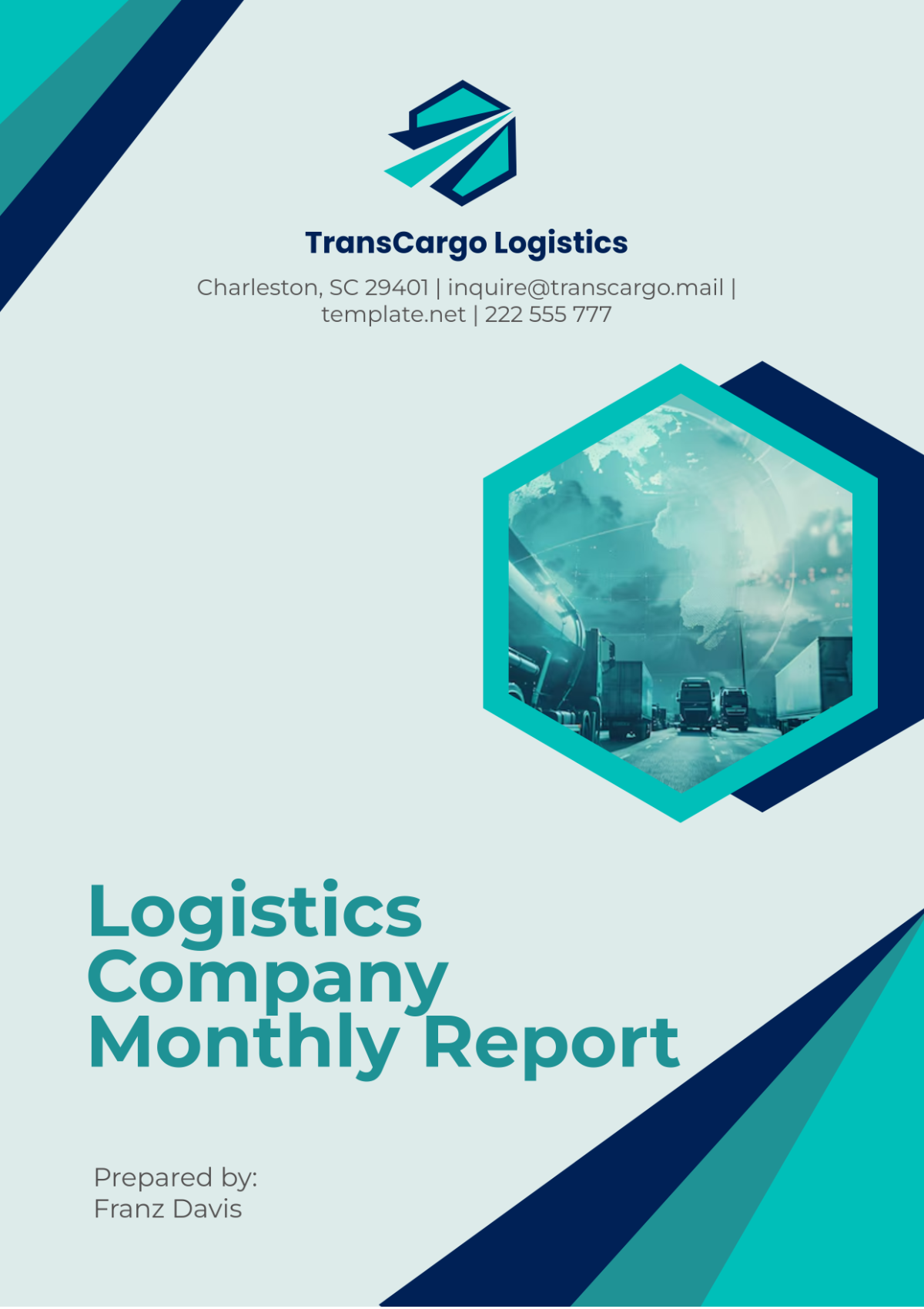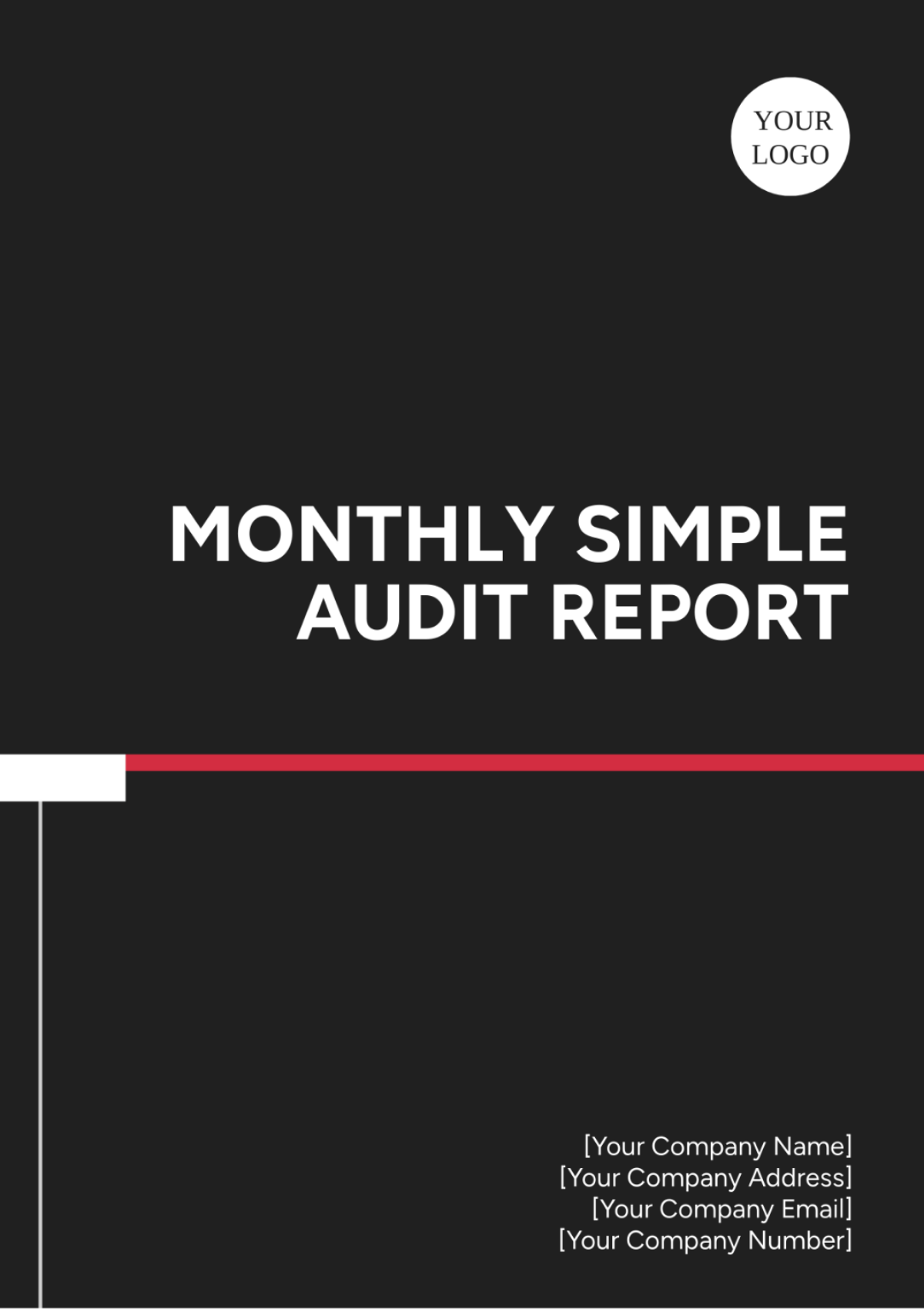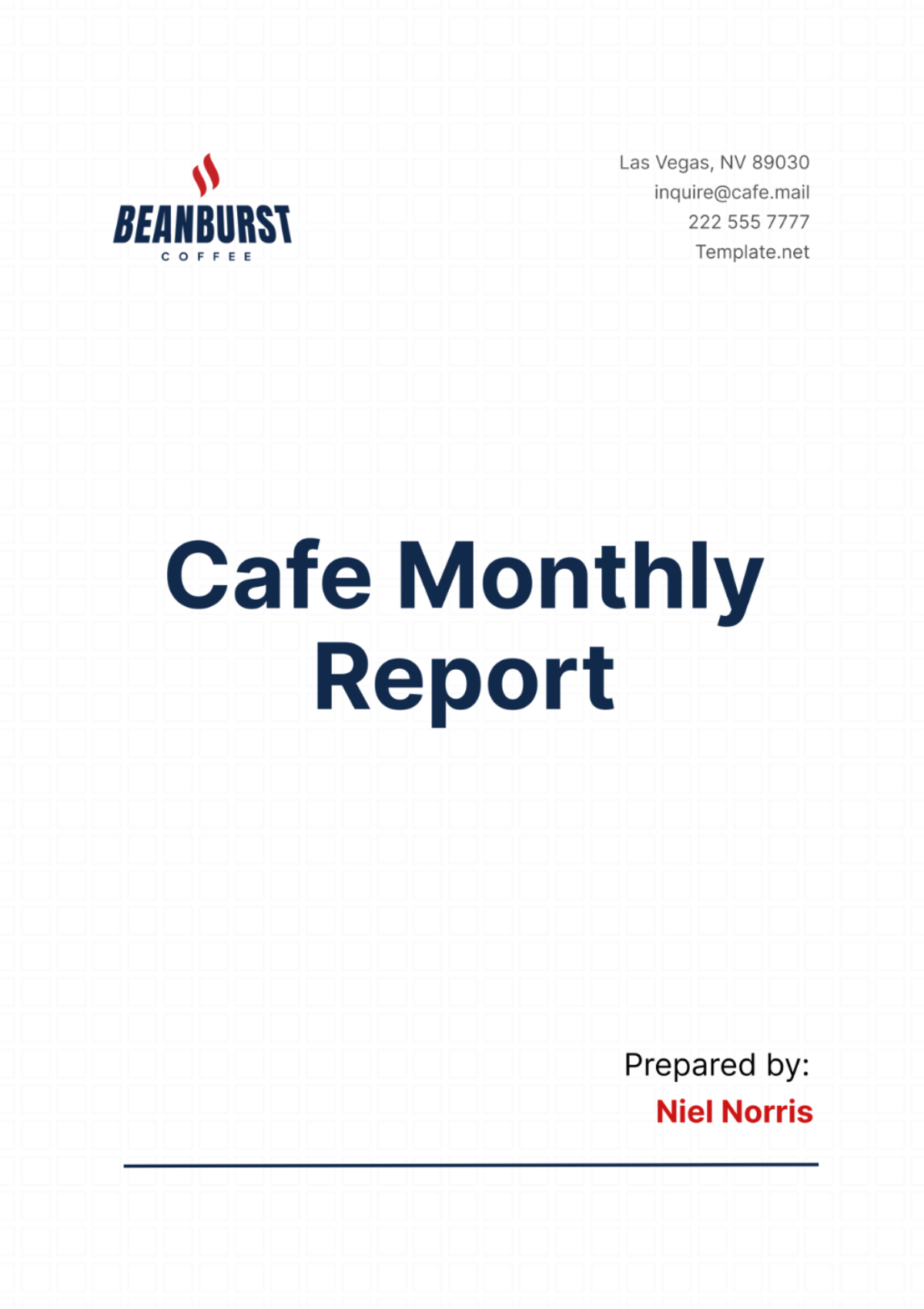Grocery Store Monthly Sales Report Outline
I. Executive Summary
A. Overview of Sales Performance
(Provide a summary of the key sales figures for the month. This should include total sales, percentage change from the previous month, and any significant trends.)
B. Major Highlights
(Detail any notable events or promotions that impacted sales. This could include special discounts, seasonal promotions, or significant changes in product offerings.)
C. Recommendations
(Offer strategic recommendations based on the sales performance. This could include suggestions for improving sales, adjusting inventory, or targeting new customer segments.)
II. Sales Overview
A. Total Sales Figures
(Present the total sales for the month. Include a breakdown by week if applicable, and compare with the previous month or same month from the previous year.)
B. Sales by Department
(Provide a detailed breakdown of sales by department or product category. Include tables or charts to illustrate the contribution of each department to the total sales.)
C. Sales Trends
(Discuss any noticeable trends in sales. This could include seasonal trends, changes in consumer preferences, or impacts of external factors such as economic conditions.)
III. Product Performance
A. Top-Selling Products
(List the top-selling products for the month. Provide data on units sold, revenue generated, and percentage contribution to total sales.)
B. Underperforming Products
(Identify products that did not meet sales expectations. Include data on units sold, revenue, and possible reasons for underperformance.)
C. Product Category Analysis
(Analyze the performance of different product categories. Include a comparison of categories, highlighting which ones performed well and which did not.)
IV. Financial Analysis
A. Revenue Breakdown
(Provide a detailed breakdown of revenue. This should include sales revenue, discounts, returns, and any other adjustments.)
B. Cost of Goods Sold (COGS)
(Detail the cost of goods sold for the month. Include information on the cost of inventory and any changes in COGS compared to previous periods.)
C. Gross Profit and Margin
(Calculate and present the gross profit and profit margin. Discuss how these figures compare to previous months and any factors influencing changes.)
D. Operating Expenses
(Detail operating expenses, including salaries, rent, utilities, and other overheads. Provide a comparison with the budgeted expenses and previous months.)
V. Inventory Management
A. Inventory Levels
(Report on the inventory levels at the end of the month. Include information on stock levels for key products and overall inventory turnover.)
B. Stock Replenishment
(Discuss the replenishment process for stock. Include any issues faced, such as supply chain disruptions, and actions taken to address them.)
C. Inventory Shrinkage
(Provide data on inventory shrinkage, including losses due to theft, damage, or administrative errors. Discuss any measures taken to reduce shrinkage.)
VI. Customer Insights
A. Customer Foot Traffic
(Report on the number of customers visiting the store. Include data on peak shopping times, and any changes in foot traffic compared to previous periods.)
B. Customer Feedback
(Summarize customer feedback received during the month. Include feedback from surveys, online reviews, and in-store comments.)
C. Customer Loyalty Programs
(Discuss the performance of customer loyalty programs. Include data on program participation, impact on sales, and any changes or updates to the programs.)
VII. Marketing and Promotions
A. Marketing Campaigns
(Detail any marketing campaigns run during the month. Include objectives, strategies, and results achieved.)
B. Promotions and Discounts
(Provide information on promotions and discounts offered. Include details on the effectiveness of these promotions and their impact on sales.)
C. Advertising and Outreach
(Report on advertising activities and outreach efforts. Include information on media used, reach, and overall effectiveness.)
VIII. Challenges and Issues
A. Operational Challenges
(Discuss any operational challenges encountered. Include issues related to staff, supply chain, or store management.)
B. Sales Challenges
(Identify challenges affecting sales performance. This could include changes in customer behavior, competitive pressures, or market conditions.)
C. Resolutions and Actions Taken
(Describe the steps taken to address the challenges and issues. Include any changes implemented and their outcomes.)
IX. Future Outlook
A. Sales Forecast
(Provide a forecast for the upcoming month. Include expected sales figures, potential changes in market conditions, and any planned promotions.)
B. Strategic Plans
(Outline any strategic plans or initiatives for the future. This could include new product launches, store improvements, or market expansion.)
C. Budget Adjustments
(Discuss any necessary adjustments to the budget based on the current month’s performance. Include recommendations for reallocating resources or modifying expenditure.)
X. Appendices
A. Supporting Data and Charts
(Include any supporting data, charts, or tables that provide additional context or detail for the report. Ensure all charts are clearly labeled and easy to understand.)
B. Glossary of Terms
(Provide a glossary of terms used in the report. Define any technical or industry-specific terms to ensure clarity for all readers.)
C. Additional Notes
(Include any additional notes or observations that are relevant to the report but did not fit into the main sections.)

